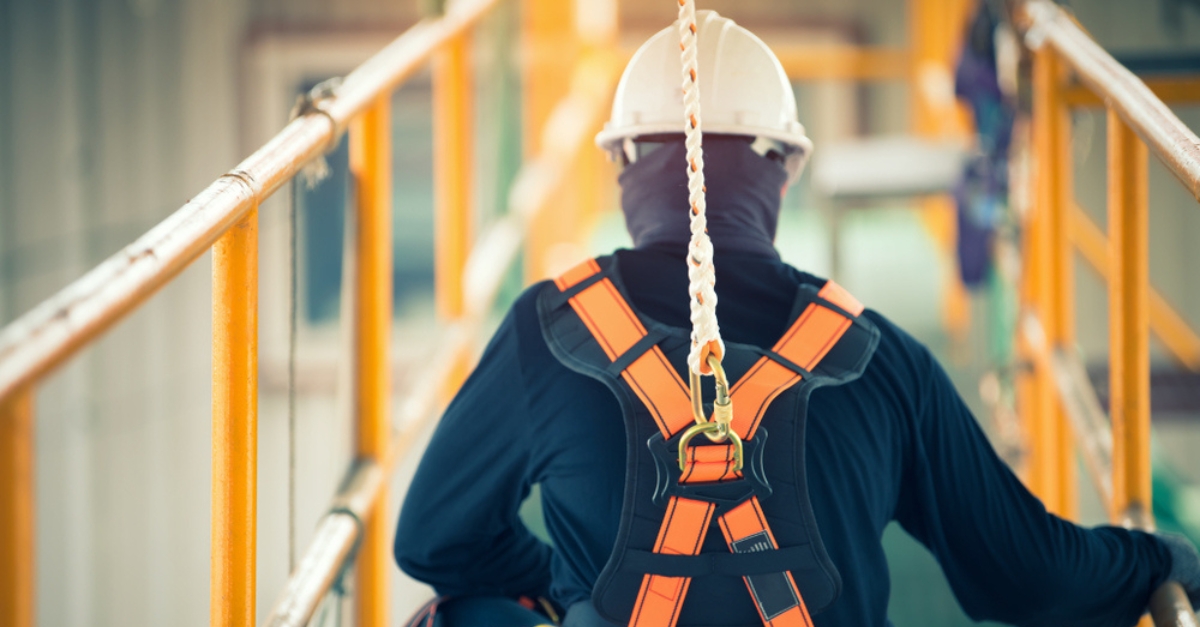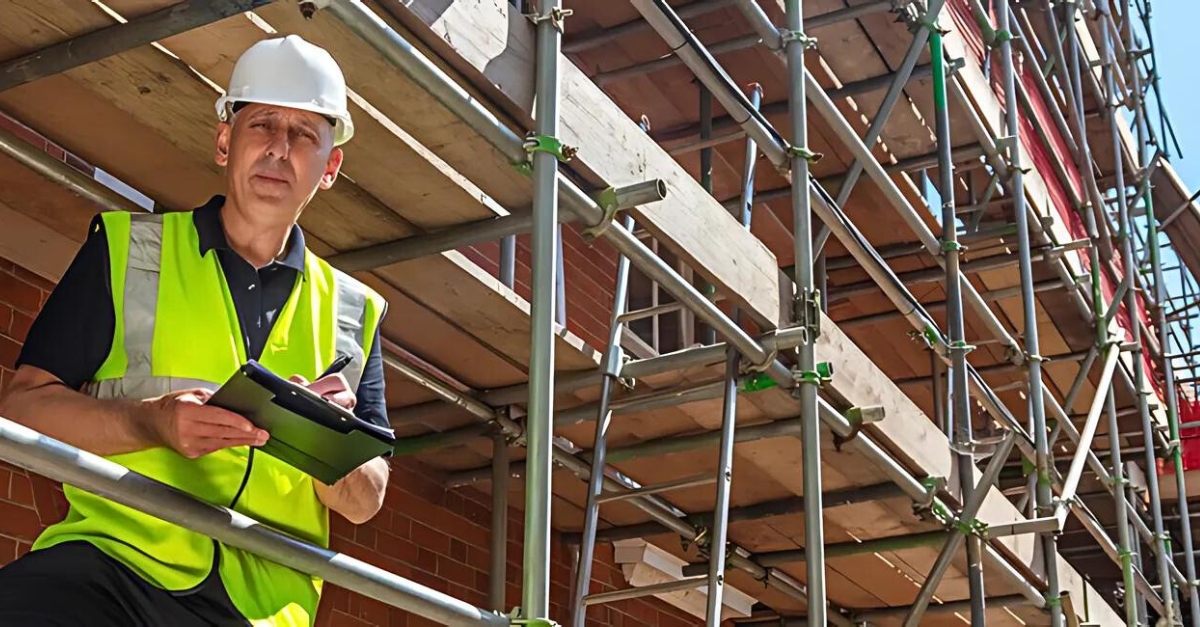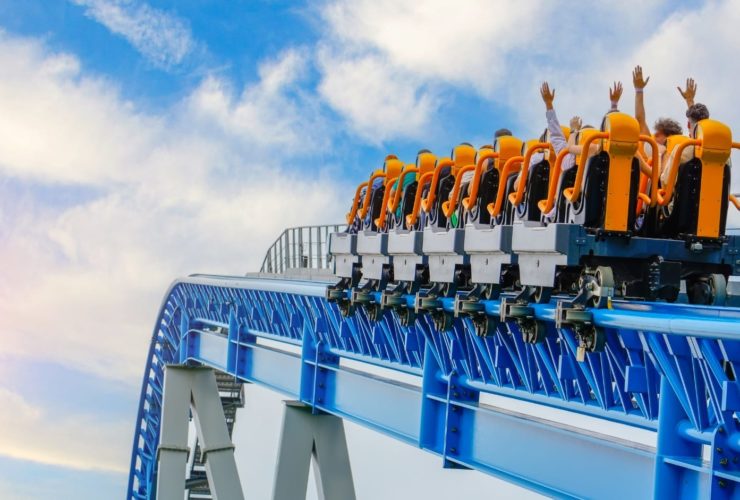Making Safe: Why Health and Safety in Construction is Crucial
For thousands of construction workers across the UK, health and safety form part of the bedrock of a functioning and sustainable industry. Someone trusting that they can go about their work without the risk of serious injury or worse is a huge factor in keeping them stepping onto the construction site each day.
The reality is, though, that the construction sector is still one of the most hazardous industries across the UK, with a significant proportion of workplace accidents occurring on building sites. So, why is health and safety important in construction? Let’s take a closer look at the key reasons why it’s not just a box-ticking exercise but a vital part of the industry’s wellbeing.
Protecting Lives and Wellbeing
At the heart of all health and safety protocols is the simple but powerful goal of protecting lives. Even the most well-organised construction sites can be rife with potential hazards. Think heavy machinery, working at heights, manual handling, hazardous materials, and a fast-paced environment where risks can change in a heartbeat.
In fact, the Health and Safety Executive (HSE) found that, in recent years, falls from heights remained one of the leading causes of fatal injury in the construction sector. With robust health and safety measures, incidents like this can be massively reduced. The importance of health and safety in construction really can’t be overstated when you realise that every accident prevented means a life saved or a severe injury avoided.
Legal and Regulatory Compliance
The HSE is the primary body responsible for enforcing health and safety regulations across all sectors of the UK. Its presence in the construction industry is vital. The HSE gives us guidance, carries out inspections, and holds companies accountable to ensure that they meet legal standards. If a business or organisation fails to comply with regulations, it can expect hefty fines, legal action, or even criminal charges to come its way.
What is the role of the HSE in construction?
Firstly, it’s important to understand that the HSE’s guidelines are not arbitrary. Historically, health and safety has sometimes been seen as red tape and bureaucracy, but the role of the HSE isn’t just a punitive one. These rules are designed to protect workers and the public and provide genuine education to help businesses understand their obligations and implement best practices.
Organisations that keep a collaborative and can-do approach to the HSE can help foster a culture of safety across the industry, which, in the long run, benefits us all.
Enhancing Workplace Morale
A safe workplace is a happy one. When staff feel safe, they’re more likely to feel engaged, motivated, and productive. Mental health at work is taken more and more seriously as time goes on – something we strongly support. Making sure your workers are safe and well-looked after can reduce the instances of burnout, anxiety, and workplace stress, all of which can have severe long-term health implications.
It’s good for your brand and productivity, too.
Aside from the self-justifying ethical reasons, the role of health and safety in construction also touches on productivity and business viability. Across all professions, staff who are happy and safe are likely to be more productive, meaning a greater output from your workforce.
What’s more, displaying that you’re taking your employees’ wellbeing seriously is a powerful accolade to display the brand through. In short – if you take care of your workers, they’ll take care of you!
How to Keep on Top of Health and Safety in the Construction Sector
Continuous Training and Improvement
One of the most effective ways to improve health and safety on construction sites is through training. Proper training ensures that workers are aware of potential hazards and know how to deal with them effectively. This goes beyond initial inductions and includes regular refreshers and updates as new risks and technologies emerge.
Encourage a Safety-First Culture
Creating a culture that prioritises safety over shortcuts is non-negotiable in the construction industry. This attitude starts from the very top, with management setting the tone and leading by example. When leaders prioritise health and safety, it filters down to every level of the organisation. Workers are more likely to report hazards, follow safety protocols, and look out for each other when they’re confident that their concerns will be taken seriously.
This cultural shift can be one of the most powerful tools in preventing accidents.
A proactive approach, where safety is part of the daily conversation rather than an afterthought, helps to embed safer practices in the fabric of the workforce.
We Take the Importance of Health and Safety in Construction Seriously
At ITS, we work with stakeholders across the construction industry, from large corporations seeking talent down to the individual looking for the perfect career. Health and safety, both mental and physical, is a key part of every stage of our operations. You can find out more about our story and values by following the links or by getting in touch with our team today.







